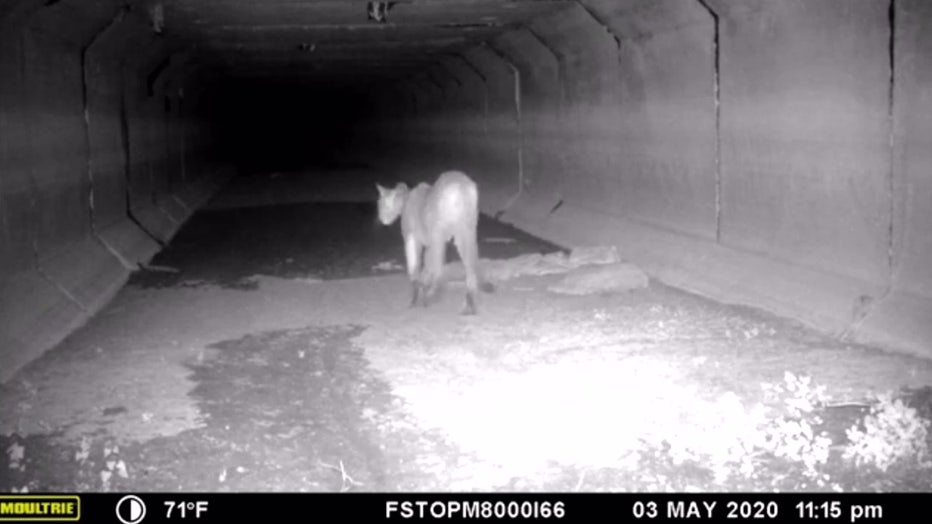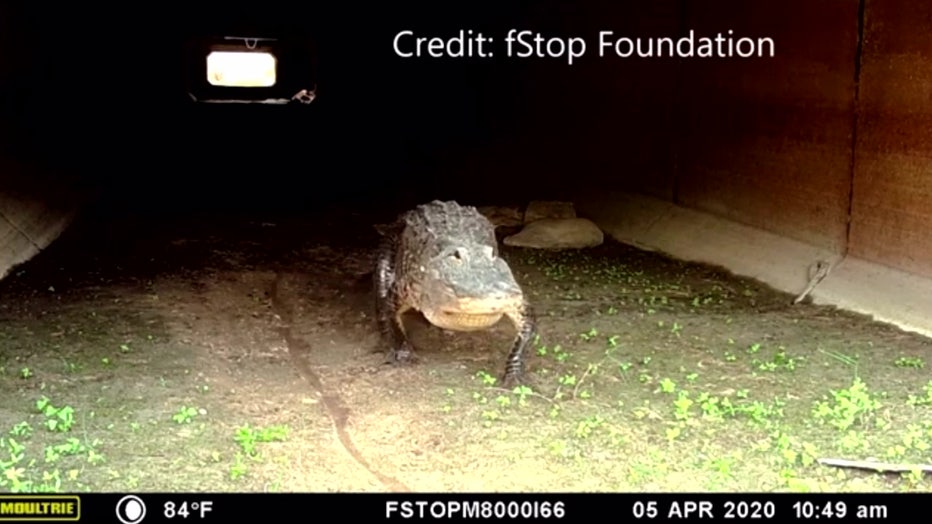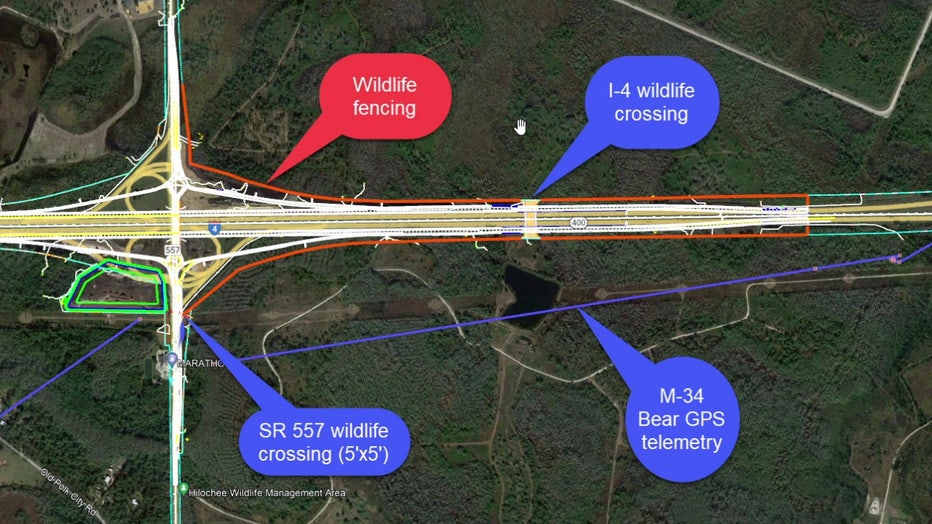FDOT constructing wildlife underpass along I-4 to protect animals in Polk County
POLK COUNTY, Fla. - A wildlife underpass is being built in Polk County. The crossing beneath I-4 will reconnect wilderness that was bisected in the 1970s, allowing animals to safely access the protected lands on both sides of the interstate.
Crews are working to reconstruct the existing interchange at I-4 and State Road 557, but cars will not use this underpass.
"This is a great opportunity to re-establish the natural corridors for wildlife to be able to reconnect to the areas that they hadn't been connected in 50-years since the interstate was built," explained FDOT District Drainage Design Engineer, Brent Setchell.
About 100,000 vehicles speed along I-4’s six lanes each day.

The highway is a major barrier to wildlife, keeping populations separate, and collecting lives as roadkill.
"The deer on this side of the road haven’t seen the deer on that side of the road in 50 years," Setchell said. "This'll be the first crossing in Polk County across I-4 and the first of three that we have planned."
According to FDOT, there are close to 250 wildlife crossings, culverts, or modified bridges across the state, and they have been very successful.

Cameras capture a wide variety of animals taking advantage.
Trail cams monitoring the area near the new connector show an abundance of critters. The underpass will be a land bridge, and also have a canal connecting wetlands.
"Panthers, bears, bobcats, raccoons, deer, you name it," said Setchell when asked what animals might use the underpass. "Aquatic species such as alligators and frogs and lizards and snakes and that sort of thing be able to cross as well."
The tunnel will be 61 feet across with at least 8 feet of vertical clearance. Stitching together two sections of the Hilochee Wildlife Management Area in the Green Swamp. It is also part of the Florida Wildlife Corridor. One and a half miles of 10-foot-tall fencing will help steer the animals to the crossing and away from the interstate.

"Safety is huge for motor safety as well as the wildlife safety. We want to make sure that we're protecting both," Setchell said.
Allowing animals once again to migrate freely and improve habitat connectivity.
This interchange reconstruction project started in 2020 and is expected to be complete by next summer. Traffic will be shifted to the new lanes above the wildlife crossing by the end of the year.

